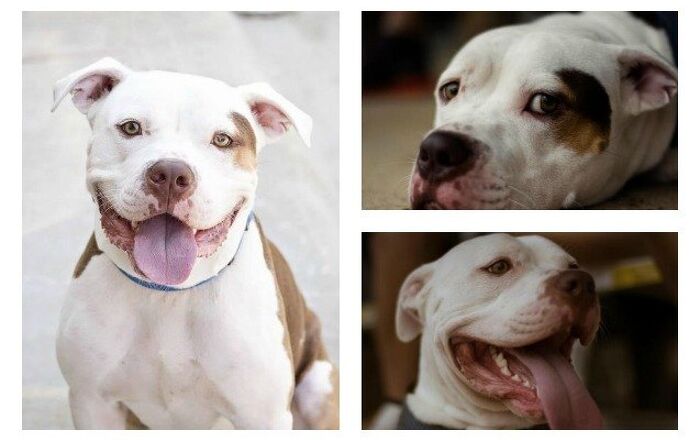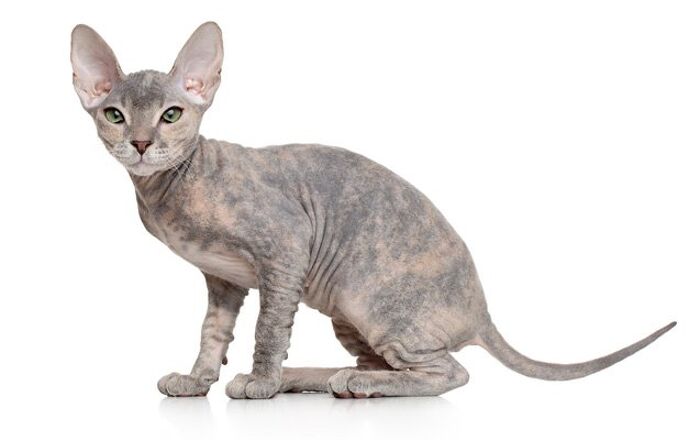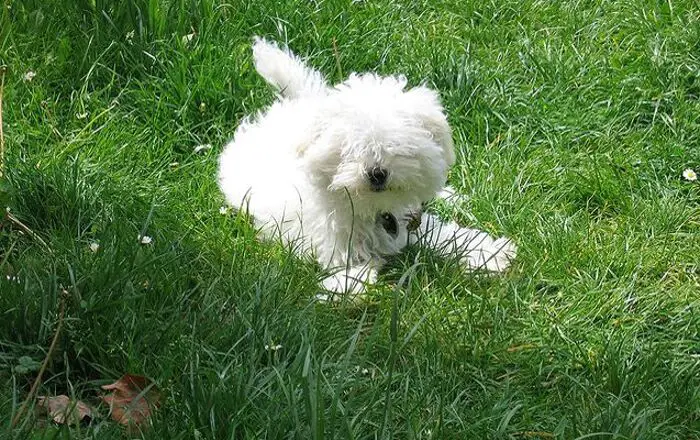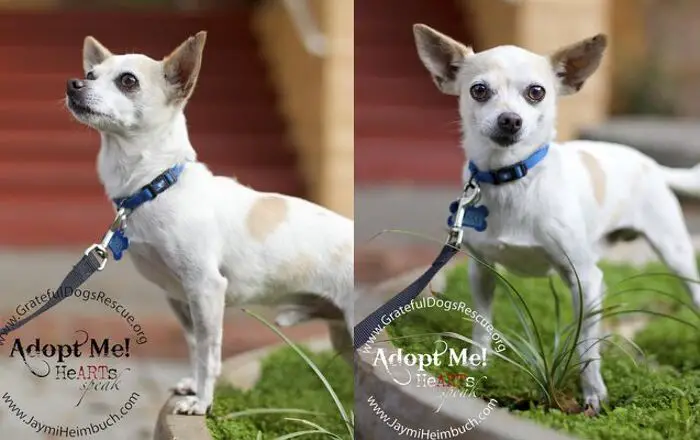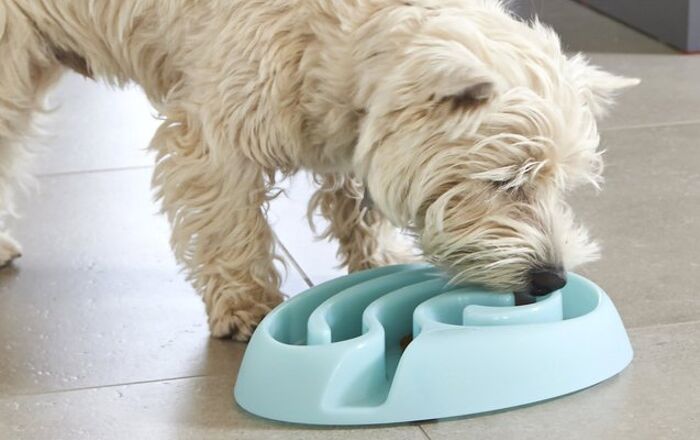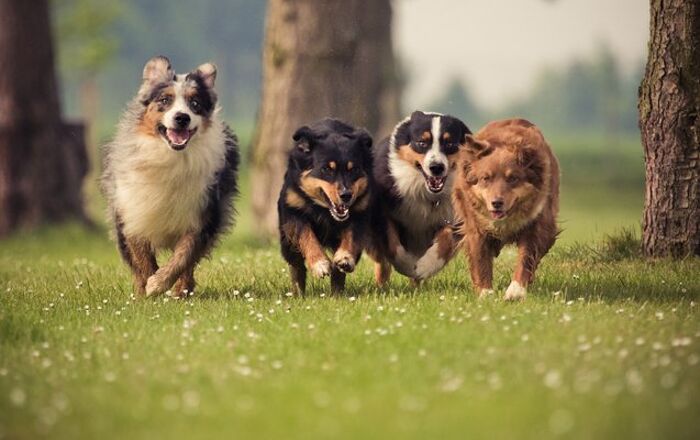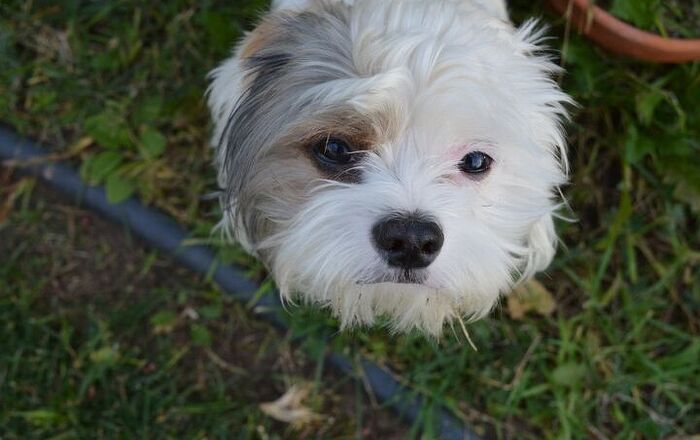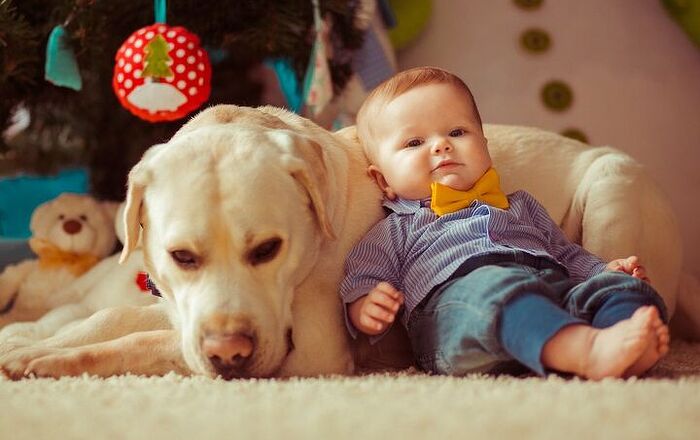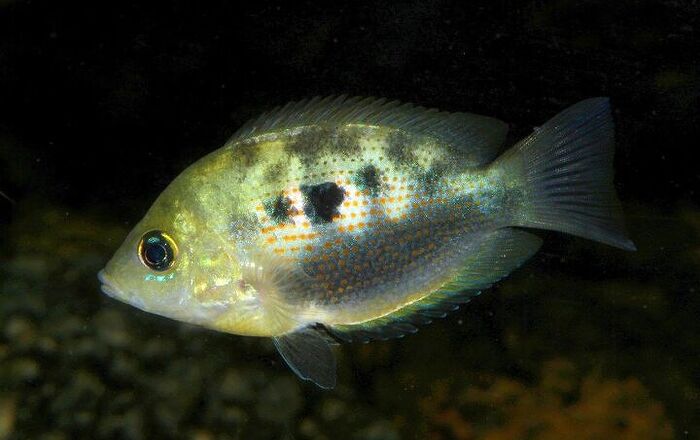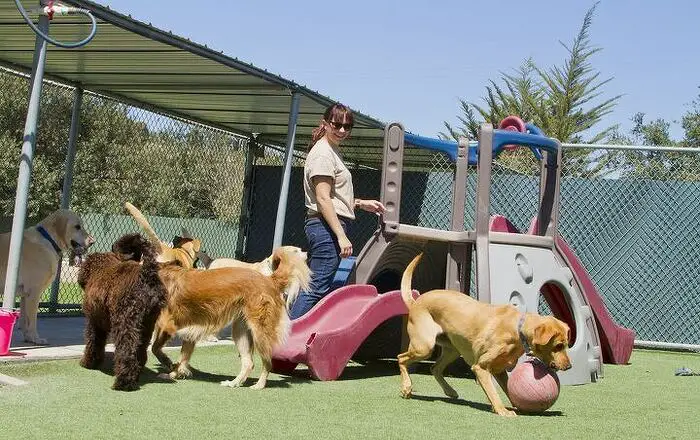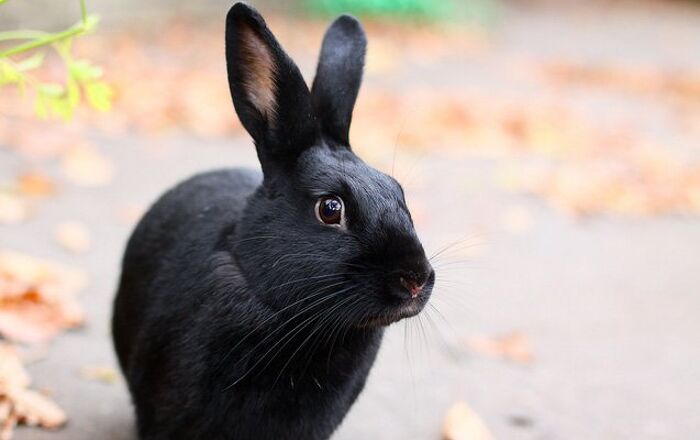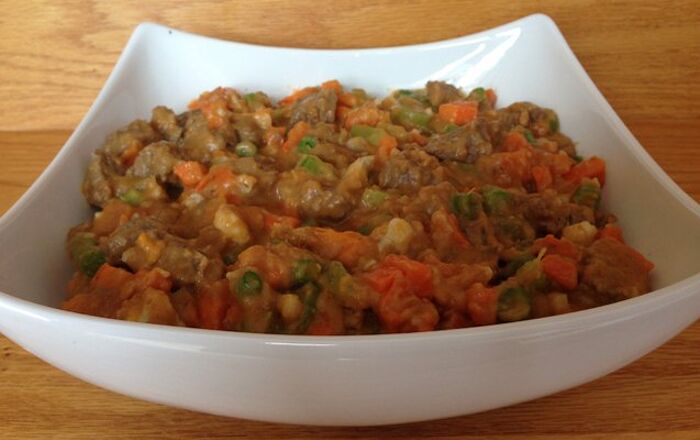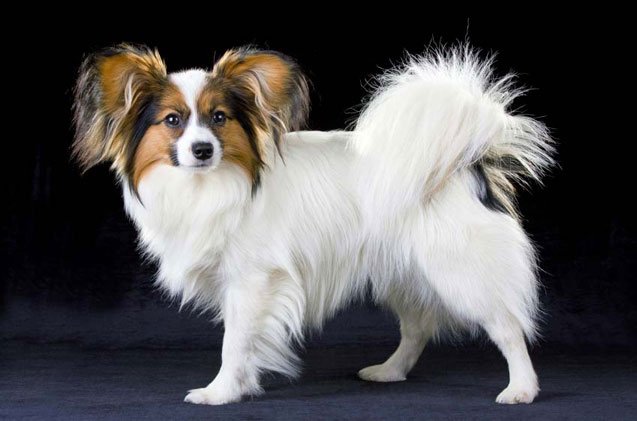
Papillon Basics
Also known as the Continental Toy Spaniel, the Papillon is one of the oldest in the Spaniel group. Okay, so knowing that a breed is a Spaniel won’t exactly help you to picture it. But you’ll easily recognize a Papillon simply by taking a look at it: its characteristic “butterfly” look with raised ears and a small head give it one of the most unique and cutest faces of all the dog breeds you’ll come across. A white coat with patches of a variety of colors also mark this breed and give it that characteristic “lap” dog or “toy” dog look.
But there’s a lot more to this breed of dog than its looks. The Papillon doesn’t only come in a variety of colors, but it has an athletic ability that sometimes gets obscured by its relatively small stature. Heck, there’s nothing “relative” about its small stature: at around 5-10 pounds, this is one of the smallest dogs around. But many people will claim that their pup exhibits characteristics like being a big dog in a small dog’s body. For this reason, this can be one of the most spirited, unusual toy dog personalities you come across – and many times, this is a good thing. Let’s take a closer look at the Papillon to discover why it’s become such a popular toy dog both in competition and as a house pet.
The Papillon thinks it’s a big dog in a little dog’s body.
Origin
Like many dogs, we can trace the Papillon’s history by looking at European paintings that depict nobility with their favorite dogs. Typically, powerful dogs or toy dogs make this kind of appearance, and the Papillon is no exception, having been painted into portraits during Renaissance Italy. While we can’t say for certain that these Papillons exhibit the same characteristics we know and love today, we can tell that there were dogs similar to the breed going hundreds of years back into the past. It’s also important to remember that Papillons were popular in England, France, and Belgium, as well.
Unsurprisingly, this toy dog was a hit among certain royalty. It’s said that Marie Antoinette would carry hers around with her, although it can’t be verified if the breed she carried around was really a Papillon. But the fact that this doesn’t seem like such a tall tale suggests that many members of both royalty and nobility were enamored with the little dogs. Today, the Papillon is an accessible dog to just about anyone with the ambition to go out and find one.
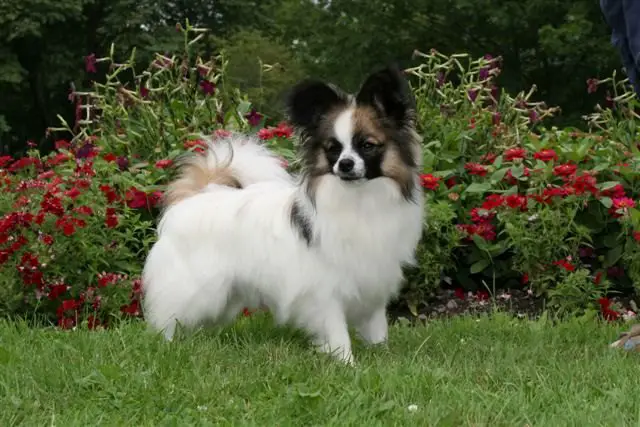
Pedigree
Given that the French translation of Papillon is “butterfly,” it must be assumed that the true Papillon came out of the butterfly-like appearance of its face-and-ears configuration. This means that the ancestors of the Papillon probably had similar traits but might not have been quite as well-developed. Dogs like the Titian Spaniel, for example, have shown similar characteristics while remaining a separate breed from the Papillon.
First recognized by the American Kennel Club in 1935, the Papillon eventually won “Best in Show” at the Westminster Kennel Club show in 1999, giving the Papillon a new hint of prominence in the toy and Spaniel groups.
Food / Diet
Same like any other dog, a Papillon needs a well-balanced diet that offers varied nutrition. The only difference is that they need much less of it than your average-sized pooch! For your Papillon, choose premium dry food for dogs. The kibble should be made from high-grade materials and formulated so to meet their unique needs. Usually, toy breed formulas are a perfect match: they offer the right ratio of nutrients for a dog of Papillon’s size and activity level. Additionally, you should make sure that the kibble is appropriate for their age: puppies, adults, and seniors have different requirements.
In most cases, these dogs need only a half to one cup of kibble per day- it’s important not to overfeed them. Split their daily dose of kibble into two meals and stick to the manufacturer’s recommendations, as these dogs can become overweight quickly.
The Papillon is easy to get moving and is playful and active.
Training
The Papillon is a highly trainable breed. Not only that these petite dogs are quite smart, but they’re also eager to please their owners. This combination of traits ensures success with any training- of course, with the right approach. Reward-based training methods work best with the Papillon. Once they figure out that they’ll get a tasty treat or praise from their owner when they follow a command, they’ll become obedient little angels. However, make sure to be firm and consistent- positive reinforcement training works best when you position yourself as the leader of the pack.
Most pet owners start with the basics, such as potty training and basic commands. But, with the Papillon, your training efforts don’t have to stop with apartment manners and obedience. They are active and athletic dogs, and you can utilize that in your training. Papillon excels in dog sports such as agility or obedience competitions. With the right person by their side, there’s no limit to what these tiny dogs can learn and achieve!
Weight
A weight of around 5-10 pounds is typical for this breed, which means that even small fluctuations can mean a lot over the years.
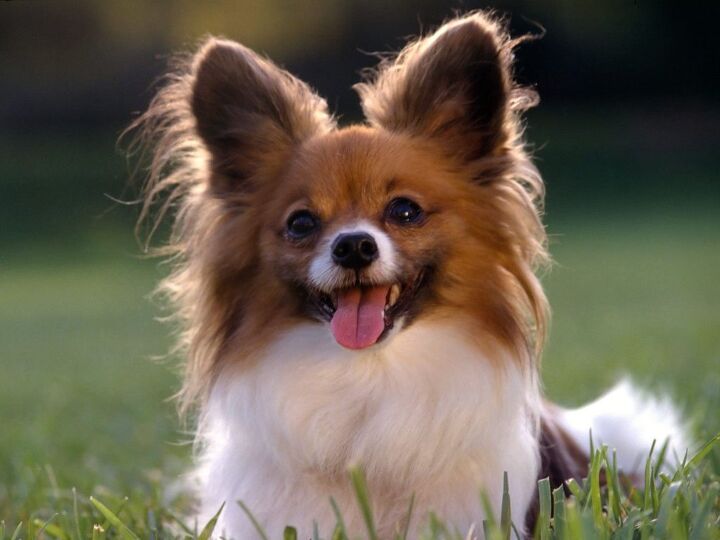
Temperament / Behavior
Known as athletic, capable of plenty of exercise, and being a big dog in a little dog’s body, these dogs might have a high tolerance for exercise but it’s best to remember just how far a few miles can be for one of these dogs as opposed to a dog with longer legs. This dog is easy to get moving and is playful and active, so a good exercise regimen will be key.
Common Health Problems
Like almost every dog breed, there are certain health issues to look out for in the Papillon. Puppies could be born with a genetic problem such as open fontanel (soft spot on head) that doesn’t fully close and leaves them vulnerable to fatal head injury. Additionally, this breed can be at an increased risk for hypoglycemia, progressive retinal atrophy, and collapsed trachea. Nevertheless, this toy dog breed is among the healthier ones of its group.
As a small dog breed, the Papillon will also be prone to issues that affect all dogs of this size. Its teeth, for example, will quite easily develop tartar, leading to early tooth loss. Displaced kneecap (patellar luxation) and proneness to obesity are also a potential reason for concern.
Life Expectancy
A life expectancy of around 13-16 years is a side effect of its small stature and a great bonus if you want to raise a dog like this along with your children.
Exercise Requirements
Don’t short-change your Papillon’s exercise simply because they’re small: try to gauge its reactions to exercise and build a challenging exercise regimen that it can handle. When your pet is a puppy, be sure not to wear them out because of potential joint issues down the road. This is typically a bigger concern for larger dogs that will grow more than the Papillon does, but it’s something to keep in mind nonetheless.
The Papillon is a small, friendly, elegant toy dog with a fine boned structure.
AKC
The American Kennel Club says this about the breed: “The Papillon is a small, friendly, elegant toy dog with a fine boned structure. He is light and dainty, yet still lively, and is distinguished from other breeds by his beautiful, butterfly-like ears.”
Coat
The Papillon boasts a soft, flowing coat that gives them an air of grace. These dogs are always particolored, which means that the “base” is white, with patches in color. Common combinations are white with black, fawn, red, or brown.
The fine, light and generally longer coat means a degree of grooming but seeing breed does not carry an undercoat, grooming is minimal. As a rule of thumb, a Papillon will need a good brushing once or twice a week, to prevent matting and tangling.
Puppies
As these are toy dogs, their litters tend to be small. Usually, a Papillon will give birth to one to three puppies, which can impact the price of the puppies. If you are buying Papillon puppies from a breeder, you can expect them to cost anywhere from $800 to $3,000.
Papillon puppies are tiny and fragile, so you will have to handle them with extra care. Rough play or handling can seriously injure your new pet.
Photo credit: Sergey Lavrentev/Shutterstock

